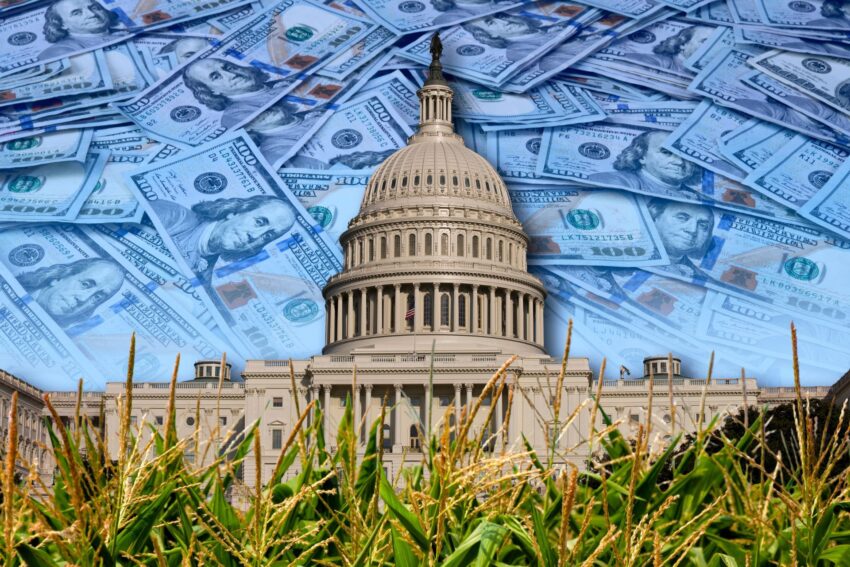A combination of US government policies, global market conditions, and other factors have contributed to lower grain prices and the financial strain experienced by American farmers. While some of these factors are outside the control of the US government, others, such as trade disputes and subsidies, are directly influenced by government policies. As such, it is important for policymakers to carefully consider the potential impacts of their decisions on the agricultural sector.
Trade Disputes: The ongoing trade dispute between the United States and China has had a profound impact on grain prices. China, a major importer of US agricultural products, imposed retaliatory tariffs on US goods in response to tariffs imposed by the US. This led to a sharp decrease in US agricultural exports to China, including grains, which in turn led to a significant drop in grain prices.
Environmental Regulations: The US government has also implemented a number of environmental regulations that can impact grain prices and farmer profitability. For example, regulations aimed at reducing greenhouse gas emissions or promoting sustainable farming practices can increase the cost of production for farmers, making it more difficult for them to sell their crops at a profitable price.
Interest Rates: The Federal Reserve’s monetary policy can also impact grain prices. When interest rates are low, borrowing costs are reduced, which can lead to increased investment in agriculture. However, when interest rates rise, borrowing costs increase, which can make it more difficult for farmers to finance their operations.
Inflation: Inflation can also contribute to higher grocery bills for consumers, while not necessarily resulting in higher prices for farmers.
Subsidies: The US government provides significant subsidies to farmers, particularly through the Farm Bill. While these subsidies are intended to support farmers, they can also distort market prices. By subsidizing certain crops, the government can artificially lower their market prices, making it difficult for farmers to sell their crops at a profitable price.
Food Industry Consolidation: The food industry has become increasingly consolidated, with a few large companies controlling the majority of the market. These companies have significant power to set prices, and they often pay farmers less for their products while charging consumers more.
Global Market Conditions: The global grain market is highly competitive, with many countries producing and exporting grains. Changes in global market conditions, such as increased production in other countries or changes in global demand, can impact grain prices in the United States.
Regardless of the reasons, we have a situation where consumers are paying more than ever for their grocery bills, while producers are paying more their input costs while getting rock-bottom prices for their grains.
Insane >
"Since 2020, total costs paid by farmers to raise crops and care for livestock increased by more than $100 billion, or 28 percent, to an all-time high of $460 billion in 2023. USDA forecasts a 27 percent drop or 43 billion dollars in net farm income, with prices for… https://t.co/EahbukH7ui
— Tracy (𝒞𝒽𝒾 ) (@chigrl) August 6, 2024
Something is seriously wrong here, and the government does not appear to be helping, regardless of how much they pretend to care about American farmers.


